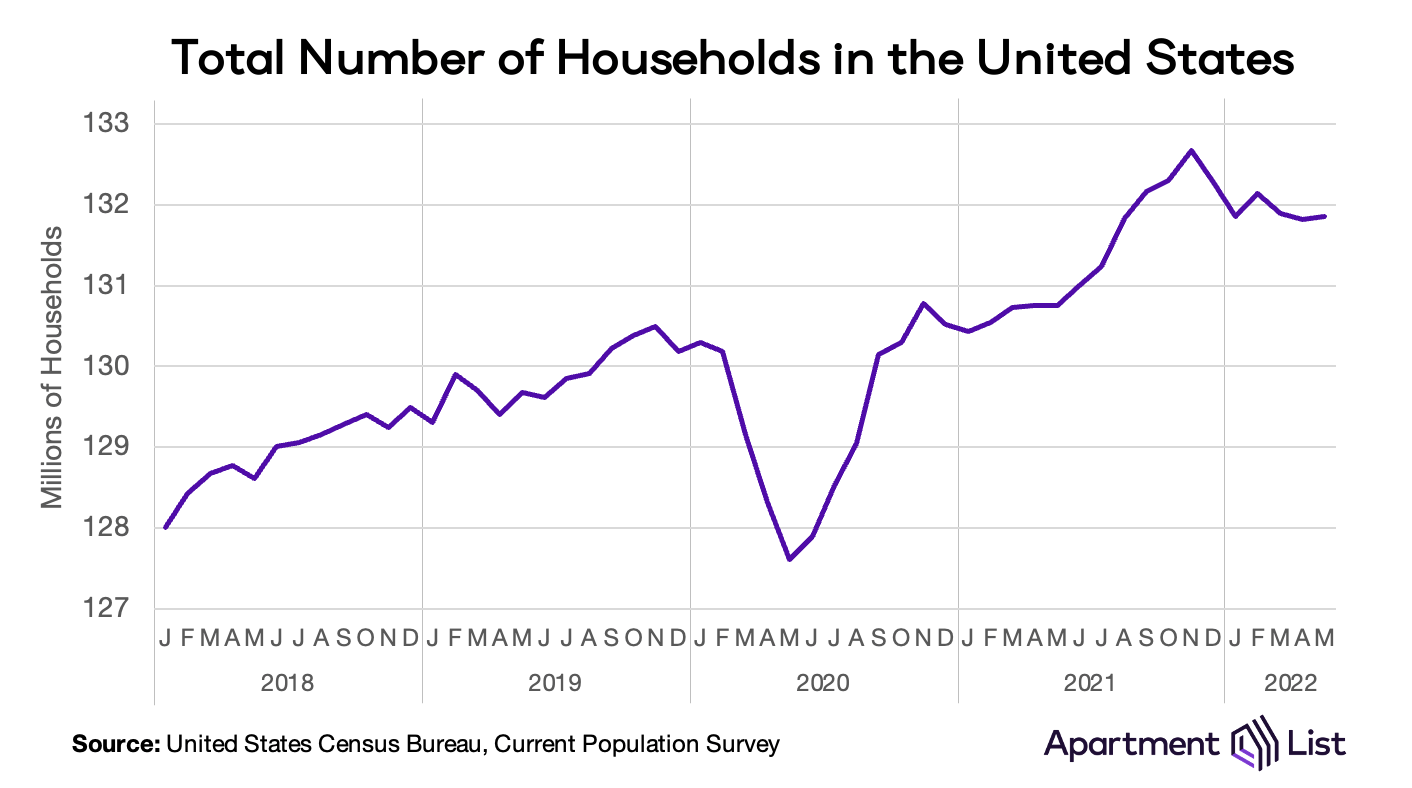2.5 Million Households Dissolved During the Pandemic
Covid drastically changed the number of people who lived together under one roof.

United States Census Bureau, Population Survey of Households Dissolved During the Pandemic
- A total of 2.5 million households dissolved within months of the pandemic’s onset in 2020. This dramatic shift was largely driven by young adults moving back in with family. At one point in 2020, over 75% of all Gen Z adults were living with a parent. This mass migration back to familial homes was a direct result of economic uncertainty, job losses, and the shift to remote learning and working. Many young adults found it financially prudent to return to their parents’ homes rather than face the economic challenges alone.
- However, this trend was short-lived. By late 2021, the total number of households in the U.S. exceeded the pre-pandemic level by 2.3 million. This rebound occurred as young people moved back out on their own, and roommate households broke apart as individuals sought more personal space in the wake of the pandemic. The rapid formation of new households placed unprecedented strain on the nation’s housing supply.
- The increased demand for housing drove up the price of rent by 14% year-over-year and homeownership costs by 20% year-over-year. This surge in housing costs has been a significant factor in the broader inflationary pressures experienced across the country. The sudden and massive shift in household formation patterns during and after the pandemic has had lasting impacts on the housing market and the economy.
For a more detailed analysis, you can read the full report from ApartmentList.com here. This comprehensive report provides deeper insights into the dynamics of household changes during the pandemic and their long-term implications on the housing market.







